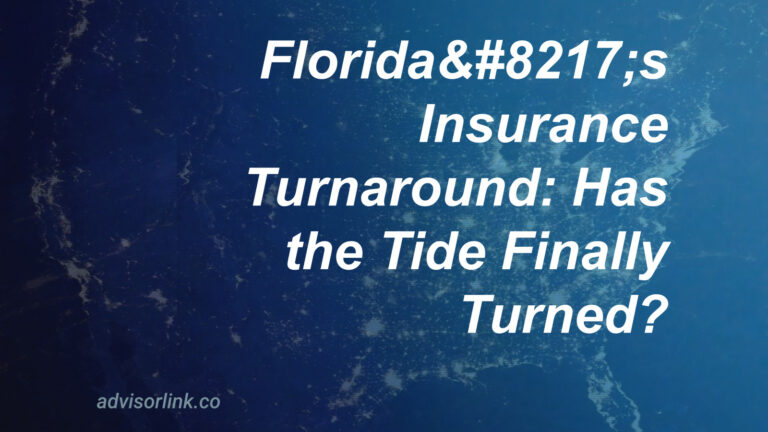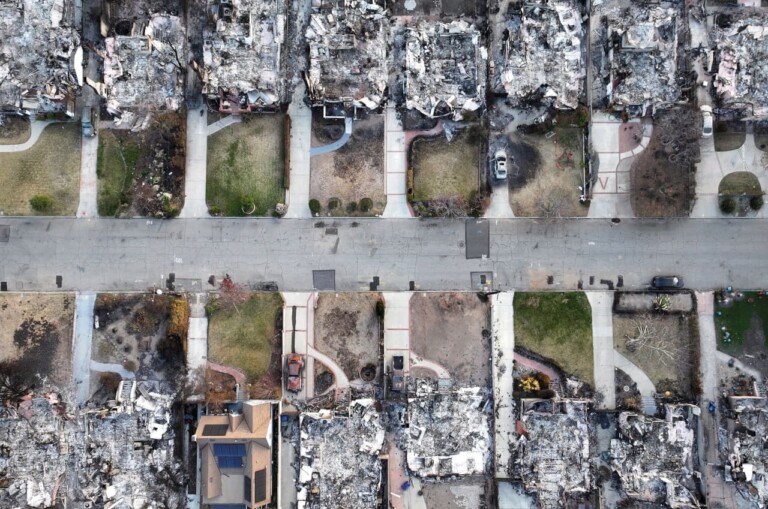California’s Insurance Crossroads
Is California’s insurance landscape shifting, a landscape increasingly scarred by fire? Right now, the Golden State finds itself at a pivotal moment, grappling with a financial levy, a $1 billion assessment, approved by California State Insurance Commissioner Ricardo Lara. This isn’t just bureaucratic maneuvering; it’s a sign of the times, a reflection of the challenges now facing homeowners and insurers in areas where the risk of natural disaster looms large.
Is the California FAIR Plan really a safety net? It is. The California FAIR Plan, often called the “insurer of last resort,” steps in when the private market balks, offering coverage to those who can’t secure it elsewhere. Think of it as a life raft in a storm. But this lifeline has been taking on water lately, strained by rising wildfire risks and a steady stream of claims, a consequence of a changing climate.
Is this assessment just a money grab? No, it is a financial instrument. This $1 billion assessment, will be levied on property insurers doing business in California, a necessary infusion of cash for the FAIR Plan. The funds are needed to meet obligations to policyholders who have been affected by those raging wildfires. It’s a mechanism, however imperfect, to keep the system afloat.
Are homeowners in for a world of hurt? They may be. This assessment, folks, has consequences. Homeowners could very well see their premiums climb, or face additional fees. It underscores the pressure, the financial pressures, that insurers are experiencing in regions where disaster is a constant threat. It’s the cost of doing business in a world where nature’s fury is on the rise.
Are there broader implications for the industry? There are indeed. The situation reveals larger cracks in the U.S. property insurance market, a market under stress particularly in California and Florida, where the double whammy of natural disasters and costly litigation is driving up expenses. Risk management and lobbying for favorable regulations are the strategies insurers are employing to keep their heads above water.
Is there any hope for the future? It’s a question of what direction we go. States such as California might have to explore more options for ensuring a sustainable insurance market. This could take the form of regulatory reforms, investments in efforts to lessen risk, and possibly, tough choices.
Are there common misconceptions about this assessment? Yes, there are. Many mistakenly believe that this assessment hits only homeowners in the highest-risk zones or that private insurers offer the same benefits as the FAIR Plan. The truth, as always, is more complicated. It’s a complicated ecosystem and the goal is for all the pieces to fit and work together.
Disclaimer: General Information & Accuracy
This blog provides general information and discussions about insurance and related subjects for informational purposes only. It is not intended as professional advice, including but not limited to financial, legal, or medical advice. We strive for accuracy, but laws, regulations, information, and best practices constantly evolve, and unintentional errors can occur. Therefore, we make no warranties about the completeness, accuracy, reliability, or suitability of the blog content. Always consult with a qualified professional for advice tailored to your specific situation. Any reliance you place on this information is strictly at your own risk.



